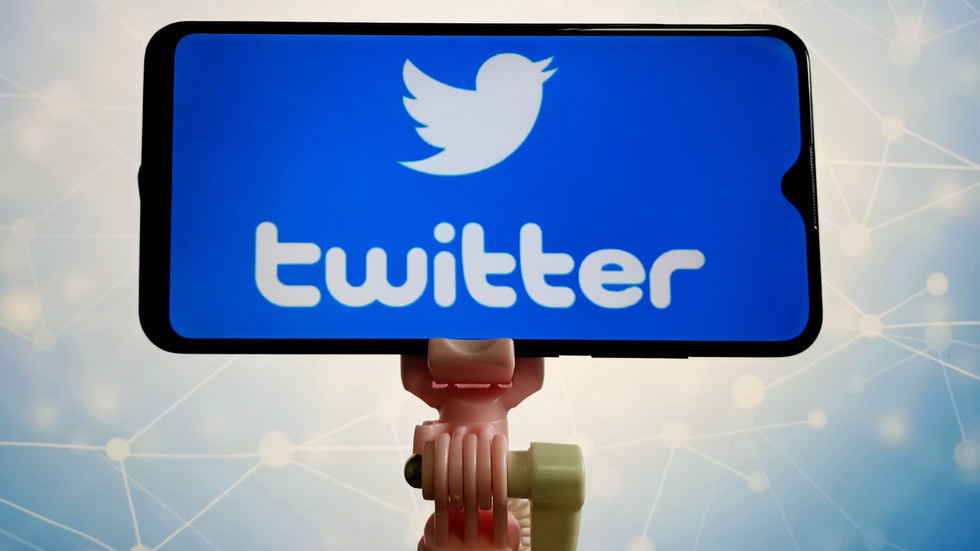 Twitter unveils ‘hate speech’ shadow ban policy." title="Twitter unveils ‘hate speech’ shadow ban policy." />
Twitter unveils ‘hate speech’ shadow ban policy." title="Twitter unveils ‘hate speech’ shadow ban policy." />

Company will hide some ‘hateful’ tweets behind a warning screen instead of deleting them
Twitter will hide so-called “hate speech” that violates its rules behind a warning screen that requires a click, the platform announced in a blog post on Monday.
The new policy is supposed to give moderators more options than simply the binary “leave and remove” approach typical of most content moderation, Twitter said.
In addition to being hidden behind a warning screen that reads “Limited visibility: This tweet may violate Twitter’s rules against hateful conduct,” offensive tweets will be excluded from search results, trends, and screens “recommended”, with other lower ranking options possible. No advertising will appear near them.
Read more
Musk Announces New Twitter Monetization Tool
The new policy is meant to embody the “freedom of speech, not freedom of reach” paradigm that Musk first teased after acquiring the platform in November, when there was still speculation about whether it would meet its promises to free Twitter from corporate state censors. .
It then promised that “negative/hateful tweets” would be “disabled and monetized to the fullest,” unlinked from ads and excluded from all but the most targeted search results.
Publicizing deboosting, a key part of the previously secret practice of shadow banning, better aligns this form of moderation with Twitter’s “commitment to transparency,” the platform said in its explanation of the new policy.
Users will be able to “submit tag comments” if they disagree with Twitter’s actions, and while that doesn’t mean no one will read or respond to the comments, a process is reportedly in the works to appropriate appeal.
Twitter revealed that while the labels are currently only for hateful conduct policy violations, the platform plans to expand them to “other applicable policy areas in the coming months” to ensure that “enforcement actions” be “more proportionate and transparent for people”. everyone on our platform.”
The platform came under fire earlier this month for turning its “app actions” against users of blogging platform Substack, which recently launched a Twitter-like feature called Notes. Tweets containing substack links were reactivated and replies were disabled, while new tweets could not be posted. Several prominent Substack users left the platform, including Matt Taibbi, the journalist hand-picked by Musk to release the “Twitter Files” and expose the “censorship industrial complex” the billionaire is allegedly determined to dismantle.
Musk has since traded stick for carrot, offering Twitter users the chance to monetize their content and keep all the money they make in the first year.